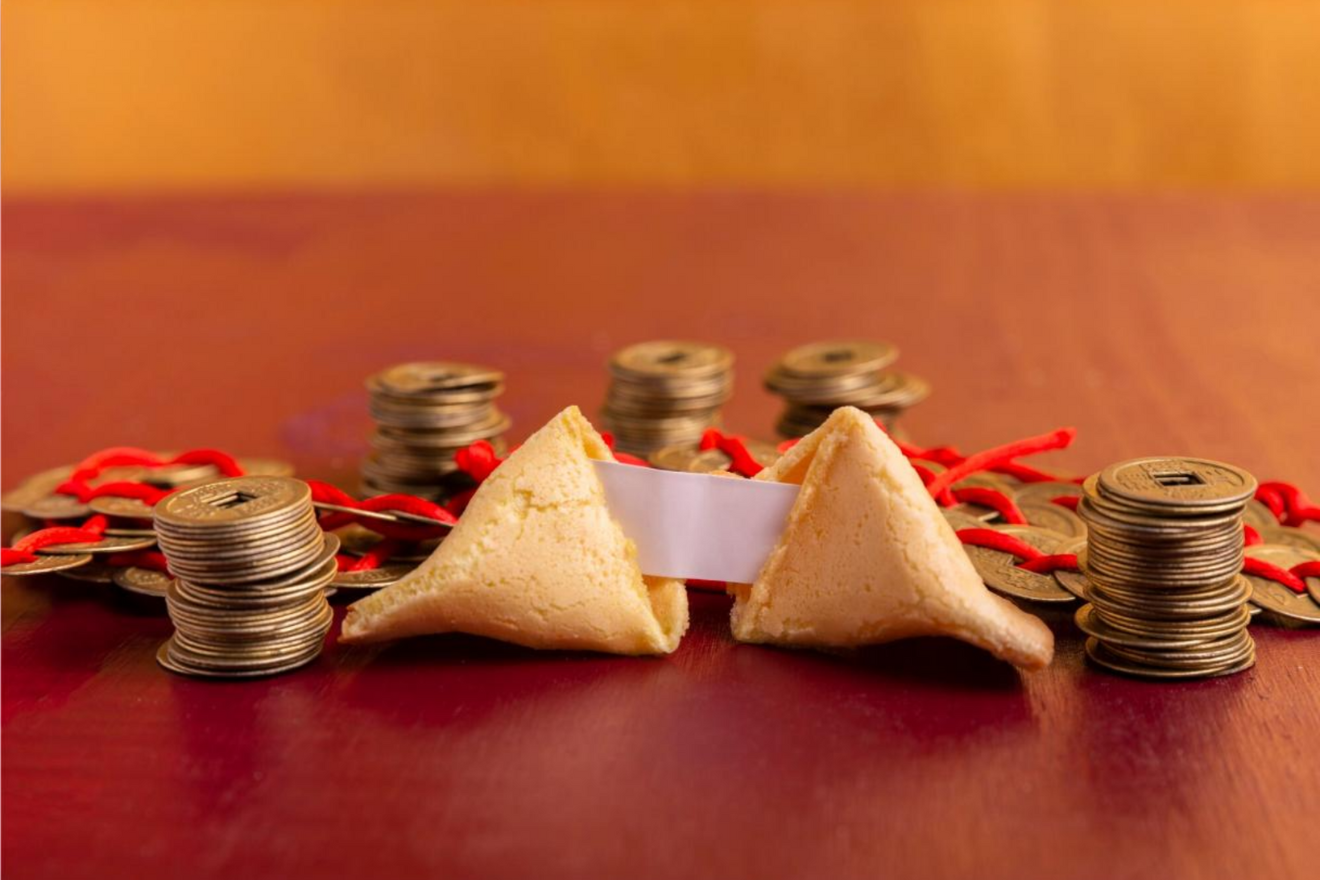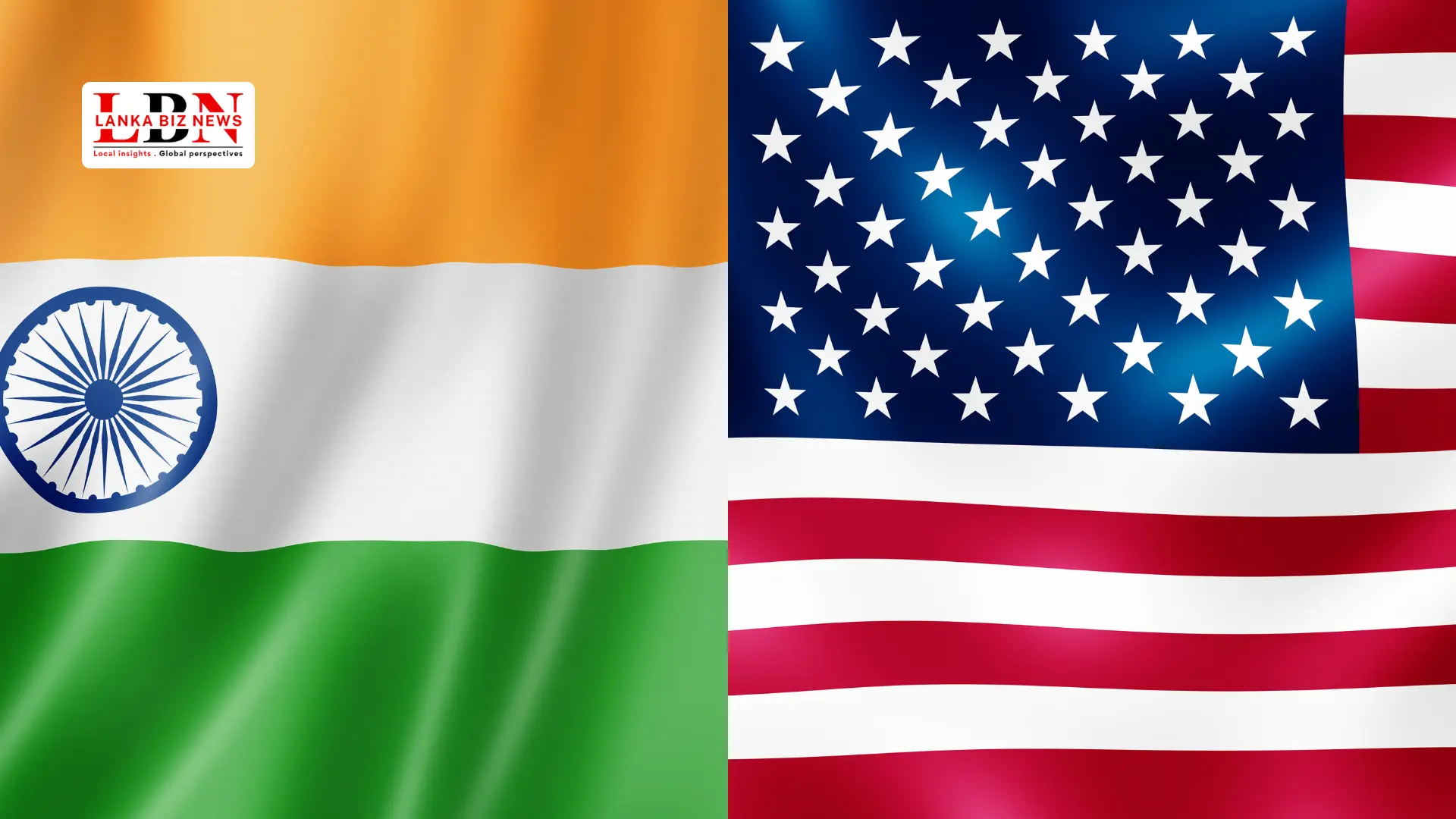The Sri Lankan rupee has shown a notable rise in strength against the US dollar, nearing a 10% appreciation. This development, while encouraging, is the result of a series of strategic interventions by the Central Bank of Sri Lanka (CBSL), along with evolving global economic conditions. The appreciation of the rupee is a welcome sign of recovery for the Sri Lankan economy, which has been facing significant challenges over the past few years(Future Growth). However, the implications of this rise stretch far beyond currency conversion rates. The rupee’s strengthening has both immediate and long-term effects on trade, inflation, foreign investment, and overall economic stability in the country.
Key Factors Behind the Rise
There are several key reasons contributing to the strengthening of the Sri Lankan rupee against the US dollar.

- Intervention by the CBSL:
The CBSL has implemented a series of monetary policies aimed at stabilizing the country’s foreign reserves and curbing inflation. These efforts include managing foreign exchange liquidity and intervening in the foreign exchange market to ensure that the rupee maintains a stable and upward trajectory. - Global Economic Factors:
On the global stage, the US dollar has faced some volatility as investors react to shifting interest rates and geopolitical uncertainties. As other currencies gain strength, particularly in emerging markets, the rupee has benefited from the reduced demand for dollars, allowing it to appreciate. - Improvement in Export Earnings:
Sri Lanka’s export earnings, particularly in sectors like apparel, tea, and services, have improved in recent months. Higher export revenues mean more foreign exchange flowing into the country, bolstering the strength of the rupee. - Remittances and Tourism Recovery:
Remittances from Sri Lankans working abroad have also increased, providing another boost to foreign reserves. Additionally, the gradual recovery of the tourism sector post-pandemic is bringing in valuable foreign exchange, further contributing to the rupee’s strength.
Impact on Key Sectors
The rupee’s appreciation has varied effects on different sectors of the Sri Lankan economy. While a stronger rupee is generally seen as a positive development, certain industries may face challenges, particularly those reliant on exports.

- Export Sector:
The appreciation of the rupee can make Sri Lankan exports more expensive for foreign buyers, which may reduce competitiveness in international markets. Key export industries like apparel, tea, and rubber could see a decrease in demand if foreign buyers are priced out. Exporters will need to focus on increasing efficiency and exploring new markets to maintain their competitive edge. - Import Sector:
On the flip side, a stronger rupee makes imports cheaper, which could benefit businesses that rely on imported raw materials, machinery, or other goods. This could reduce production costs and potentially lower prices for consumers, helping to curb inflationary pressures. The lower cost of fuel imports, in particular, is a significant advantage for the country, which has faced rising energy costs in recent years. - Debt Repayment:
The strengthening rupee also positively impacts Sri Lanka’s ability to service its foreign debt. Since the country’s debt is largely denominated in foreign currencies, a stronger rupee means the debt burden, when converted to local currency, becomes lighter. This could ease fiscal pressures and give the government more room to implement growth-focused policies. - Inflation Control:
One of the most critical aspects of the rupee’s appreciation is its effect on inflation. By making imports cheaper, a stronger rupee can help reduce the cost of imported goods and services, thereby putting downward pressure on inflation. Lower inflation benefits the entire population by stabilizing prices for essential goods and services.
Long-Term Implications for Economic Growth

The rise in the strength of the rupee signals a turning point for the Sri Lankan economy, but the path ahead requires careful management. Long-term economic growth hinges on several factors, including continued stability in the currency markets, the government’s ability to manage debt and inflation, and the country’s capacity to attract foreign investment.
- Sustained Currency Stability:
While the recent appreciation of the rupee is a positive sign, sustained currency stability is crucial for long-term growth. Volatility in currency exchange rates can create uncertainty for both local businesses and foreign investors, leading to reduced investment and economic growth. The CBSL must continue to closely monitor exchange rate movements and adjust policies as needed to maintain stability. - Attracting Foreign Investment:
A stronger rupee, combined with improving economic conditions, could make Sri Lanka an attractive destination for foreign investment. Investors typically seek stable markets with growth potential, and the recent appreciation of the rupee is a positive indicator of Sri Lanka’s economic recovery. However, the government will need to create an enabling environment for investment by addressing bureaucratic hurdles, improving infrastructure, and ensuring transparency in business practices. - Boosting Domestic Production:
While a stronger rupee may reduce the competitiveness of exports, it also presents an opportunity for Sri Lanka to focus on boosting domestic production. With cheaper imports of machinery and raw materials, businesses can invest in modernizing their operations, increasing efficiency, and producing higher-quality goods for both domestic and international markets(Future GrowthFuture Growth). The government should support these efforts through policies that encourage innovation, investment in technology, and the development of skilled labor.
Risks and Challenges
Despite the positive outlook, there are risks associated with the rupee’s appreciation. These risks include the potential for reduced export competitiveness, the impact of global economic conditions, and the need for continued fiscal discipline.

- Export Competitiveness:
As mentioned earlier, a stronger rupee can make Sri Lankan exports more expensive, potentially leading to reduced demand in key markets. Exporters will need to focus on increasing productivity and exploring new markets to remain competitive. The government can play a role in supporting exporters by offering incentives, improving trade agreements, and reducing barriers to trade. - Global Economic Conditions:
The appreciation of the rupee is partly due to global economic conditions, including the relative weakening of the US dollar(Future Growth). However, these conditions can change rapidly, and any strengthening of the US dollar or weakening of the global economy could reverse the rupee’s gains. Sri Lanka must remain vigilant and prepared to respond to changing global conditions. - Fiscal Discipline:
Finally, the government must maintain fiscal discipline to ensure that the country’s debt burden remains manageable(Future Growth). While a stronger rupee reduces the cost of servicing foreign debt, the government must continue to prioritize reducing the overall debt burden and avoiding excessive borrowing.
Conclusion
The rise of the Sri Lankan rupee’s strength against the US dollar is a positive development that signals a turning point for the country’s economy. The appreciation of the rupee offers benefits, including reduced inflationary pressures, lower import costs, and a lighter debt burden(Future Growth). However, it also presents challenges for exporters and requires careful management to ensure sustained economic growth.
As Sri Lanka continues on its path to recovery, the government and businesses alike must focus on maintaining stability, boosting domestic production, and attracting foreign investment(Future Growth). With the right policies in place, the rupee’s appreciation could mark the beginning of a new era of economic growth and prosperity for Sri Lanka.





